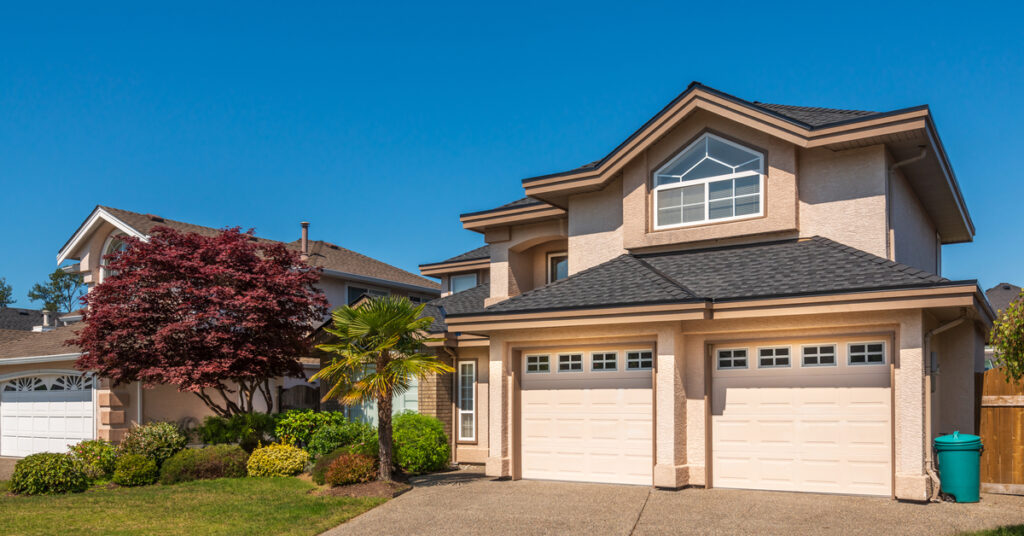According to CoreLogic’s Home Price Index (HPI), U.S. home prices rose by 19.1% year over year in January — the largest annual increase in the national index since the company began tracking the metric in 1976.
Month over month, prices increased by 1.4% compared to December, as home prices continue to grow thanks to a competitive marketplace and low for-sale supply. CoreLogic expects price growth to cool considerably over the course of 2022, slowing to a forecast annual gain of 3.8% by January 2023. But in the near term, price growth is projected to stay torrid, with CoreLogic predicting double-digit percentage increases for at least the first seven months of this year until rising mortgage rates reach their full impact.
“In December and January, for-sale inventory continued to be the lowest we have seen in a generation,” said Frank Nothaft, CoreLogic’s chief economist. “Buyers have continued to bid prices up for the limited supply on the market. However, the rise in mortgage rates since January further eroded buyer affordability and is expected to slow price gains in coming months.”
Phoenix and Las Vegas, at 30.2% and 25.2% respectively, had the highest year-over-year price growth among large metros tracked by CoreLogic. Every state produced annual increases in the January HPI, with the highest appreciation in Arizona (28.3%), Florida (27.9%) and Utah (25.2%). In these three states, inbound migration — each were among the top 10 states last year for highest percentage increases in population growth — boosted homebuying demand and helped to push home prices further upward.
The lowest price tier saw the largest year-over-year increase in prices in January at 20.6%, compared to 19.8% for the low-to-middle price tier, 20% for the middle-to-moderate tier and 19.7% for the highest price tier. And with buyers continuing to seek space as the COVID-19 pandemic rolls on, the yearly price increase for detached properties (20.3%) considerably outpaced that of attached properties (15.2%).








